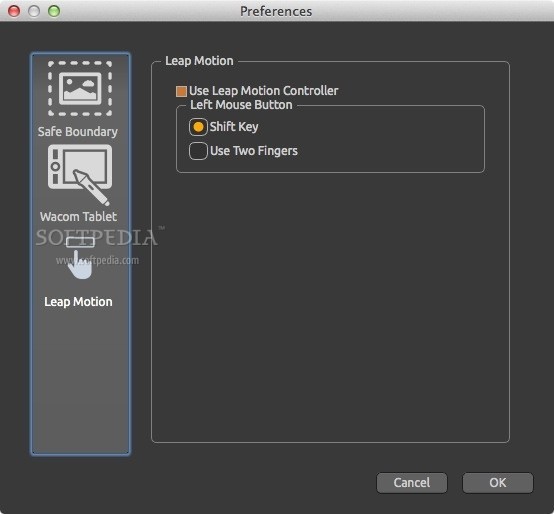

Intumescent paint is a newer method and works by growing and forming a barrier when exposed to extreme heat. Two of the biggest benefits of this coating are its affordability, especially for larger projects as well as its lightweight format. This type of coating is best in areas with low moisture exposure, as high moisture can cause an excess of corrosion and can reduce the effectiveness. Over time, as dense concrete became too bulky, lighter cement paint methods were created. Concrete enhances the fire strength of a steel building, thus making cementitious paints an option. Cement is naturally fire resistant, so the cement essentially augments the paint with fire resistant properties.Ĭementitious coatings began surfacing in the mid-1900s when durable fireproofing solutions were needed. Cementitious coatings are an older fireproofing that creates a thicker barrier with a cement-based mixture and a binder that adheres to the substrate. Two of the most important types of fire resistant paint are intumescent and cementitious paint formats. Now that we’ve covered “fireproof paint” or, rather, fire resistant paint, it’s time to talk about the types of coatings most commonly used for fireproofing.

Learn more about FlameOFF and Fire Barrier Paint. Gold Supplier Member of National Fireproofing Contractors Association.Eco-friendly, low VOC, water-based intumescent coating.Compatible with steel, wood, gypsum, sheetrock, metal, and more.ASTM E-119 compliant: 1 and 2-hour fire rated for long-lasting protection.E-84 compliant: Class A flame spread (tested and certified by a 3rd party lab).We recommend FlameOFF Coating’s Fire Barrier Paint for your next project.įlameOFF’s Fire Barrier Paint provides an eco-friendly fire resistant coating that’s 100% ASTM E-119 and E-84 compliant. For most projects that involve structural steel or other critical infrastructure, you’ll need an ASTM E-119-certified fire resistant paint. However, these paints and coatings are typically not appropriate for critical infrastructure like steel. If a building material catches fire, the fire retardant paint works to slow the rate that the flames spread. They prevent flame spread and typically have an ASTM E-84 rating.

In contrast, most fire retardant paints are not ASTM E-119 tested or compliant. Usually these fire ratings can last anywhere from 30 minutes up to 2 hours. ASTM E-119 measures the the time it takes for a coating to fail under extreme heat and flame. When used on steel and timber, the foaming char layer works to add time before flames can penetrate through the substance.įire-resistant paints are usually ASTM E-119 tested and certified. This paint works by creating gas bubbles that strengthen the paint’s additives when met with flames. These paints are often applied to steel, timber, and plasters to avoid burning and destruction. Most of these coatings are intumescent paints, which work by forming a char layer on the substrate when met with flames. When picking the right paint for your asset, it is important to note the key differences between fire-resistant and fire retardant coatings.įire-resistant paints work by creating a barrier against flames. In this article, we’ll cover everything you need to know about fire resistant and fire retardant paints, recommend the best fire resistant paints, and help you understand fireproofing standards set forward by NFPA, ASTM, and UL.


 0 kommentar(er)
0 kommentar(er)
